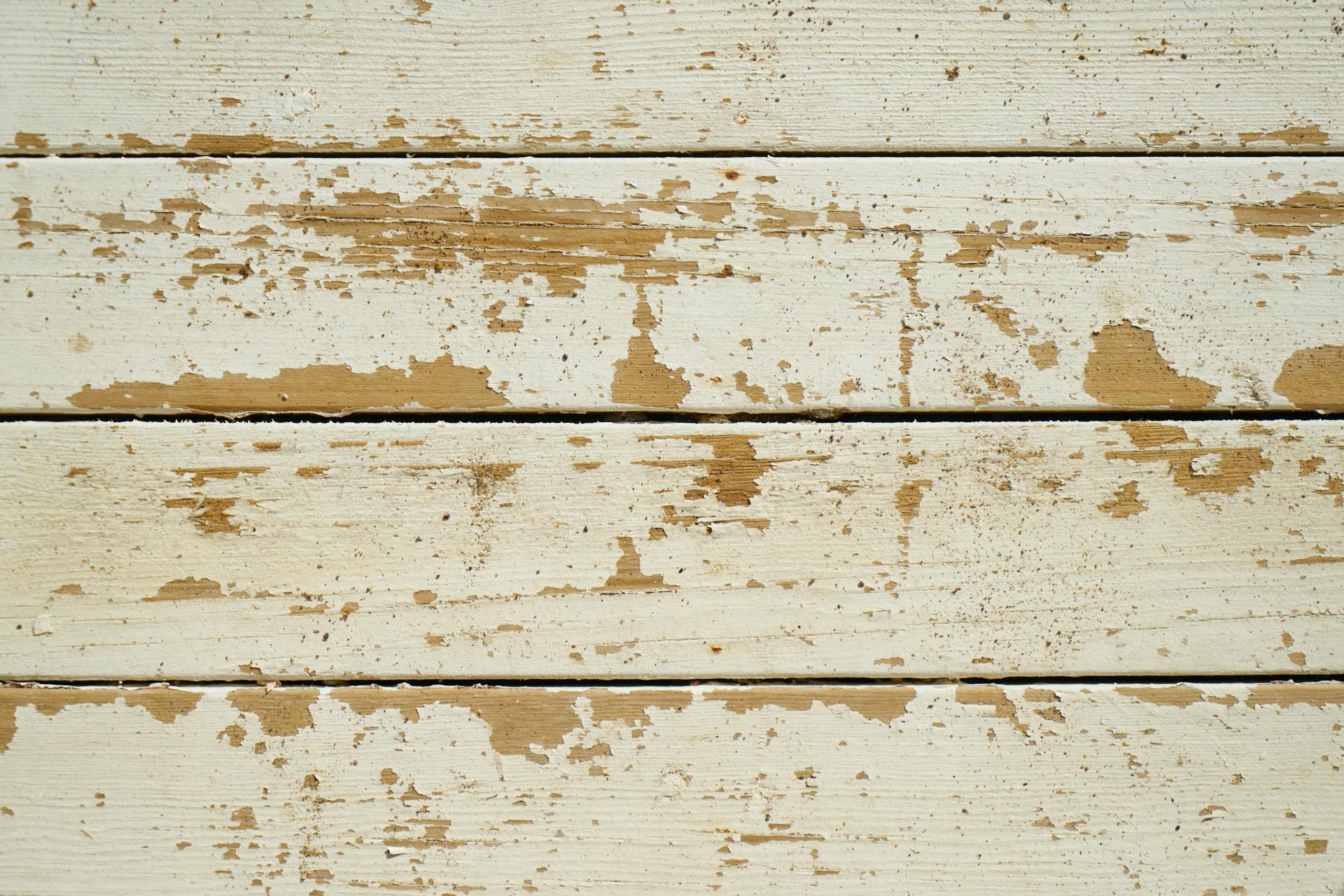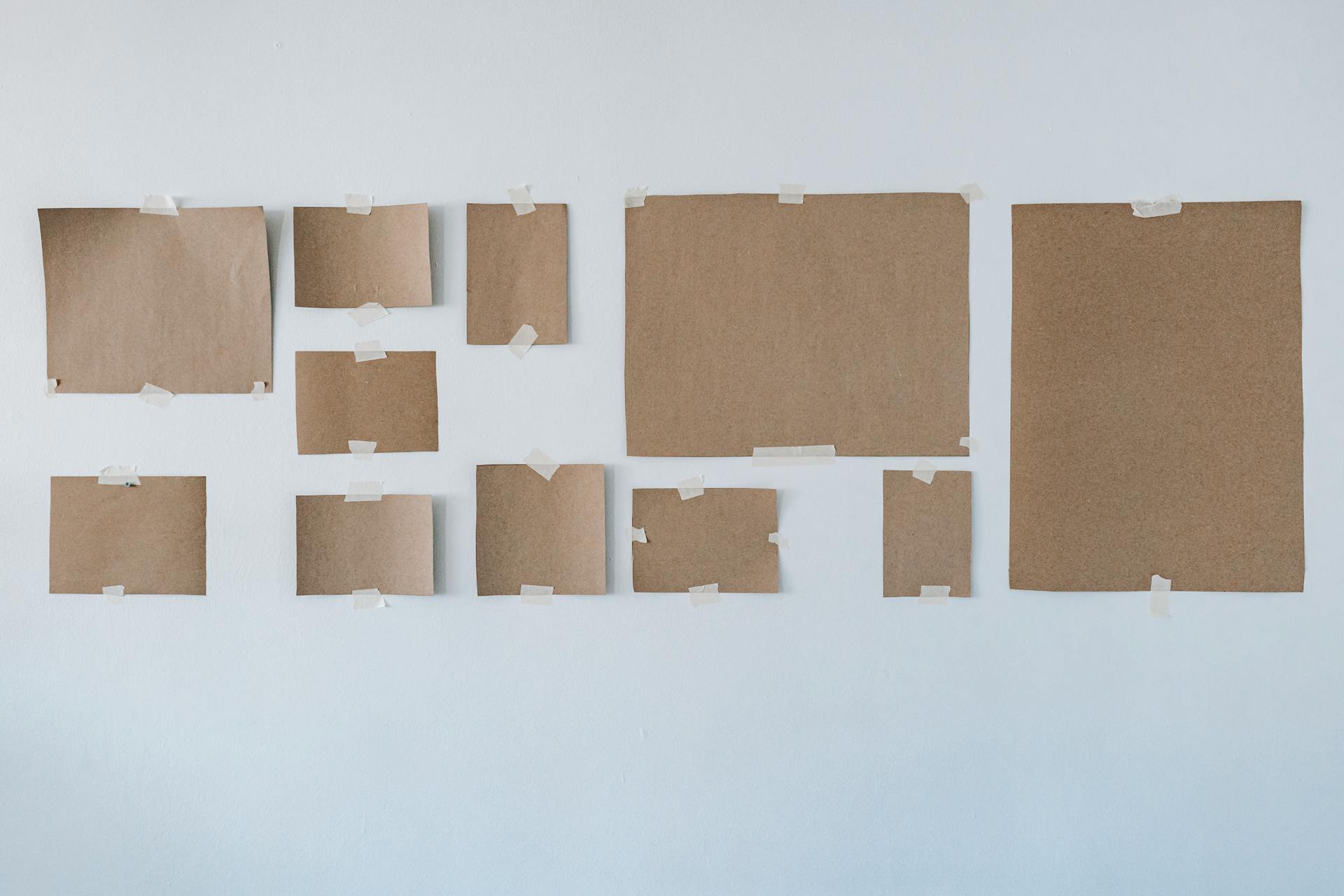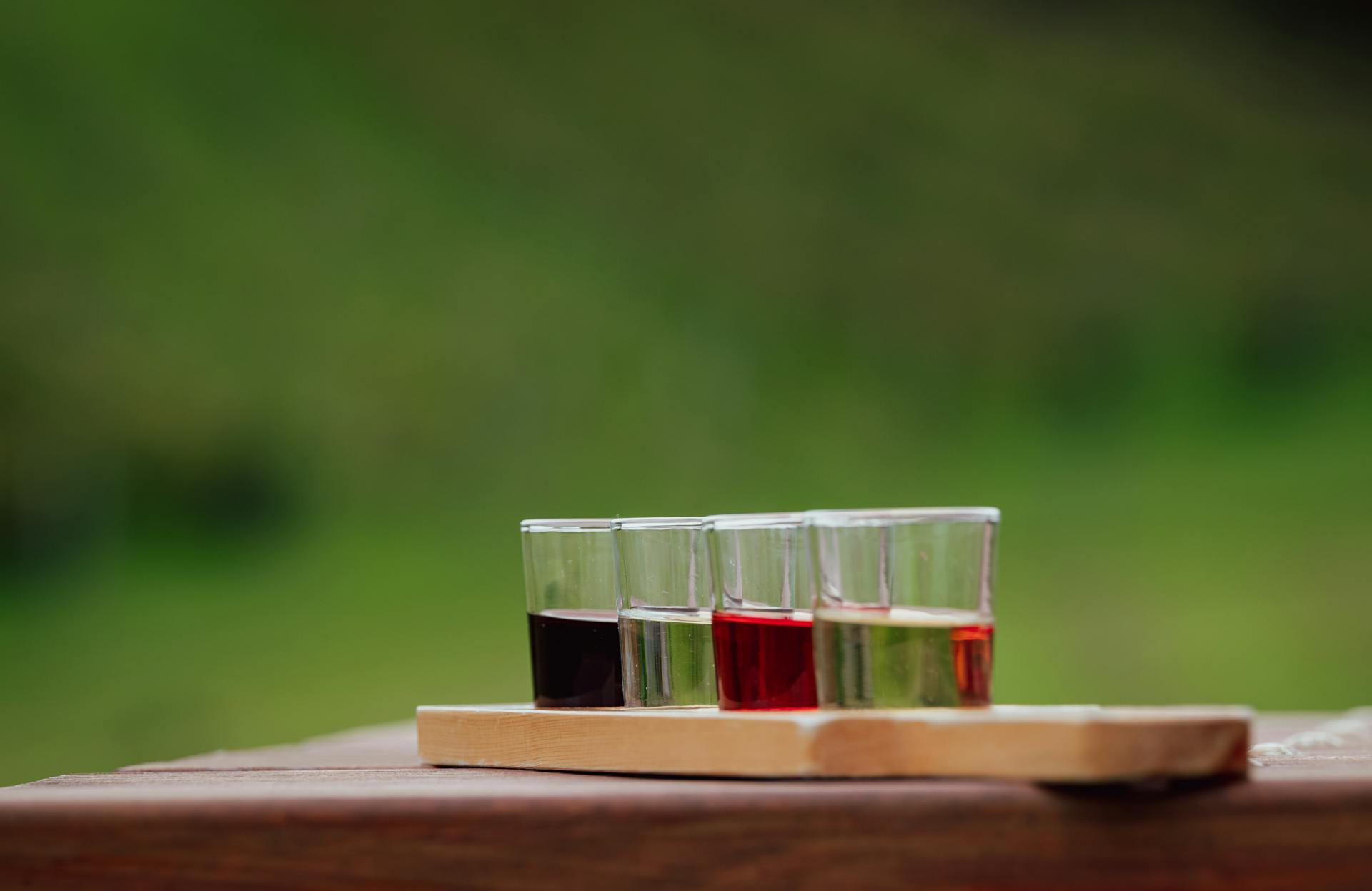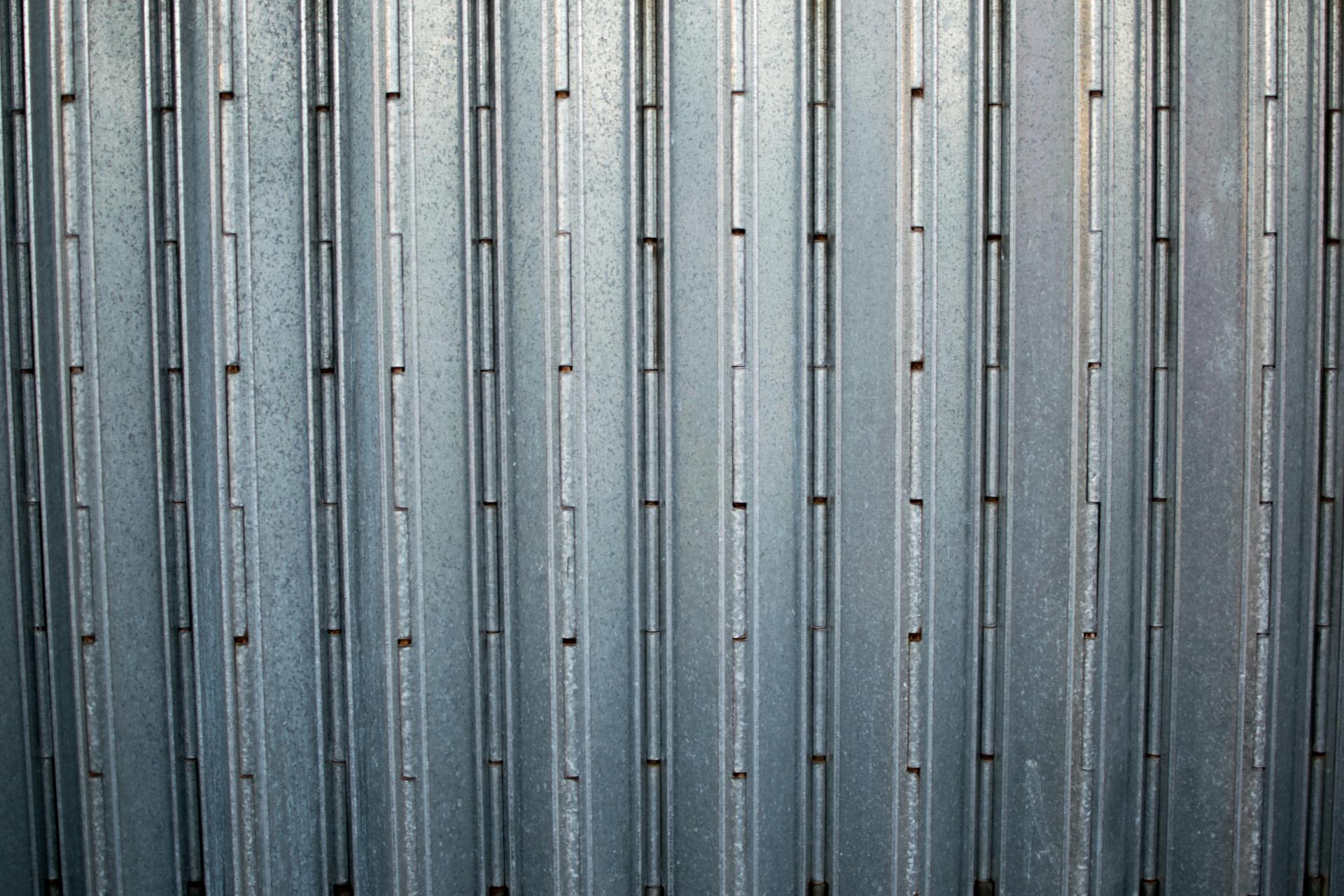
D Flute Corrugated Board is made up of a specific type of corrugated board, which has a unique flute profile.
The flute profile is typically deeper than other flute types, with a more pronounced curvature.
This design allows for greater stacking strength and improved load-bearing capacity.
A D flute board can stack up to 4 layers high, making it ideal for applications where space is limited.
Cardboard Basics
Corrugated cardboard is made up of two liners and a single fluting, known as a "single wall" board.
The type of paper and weight used for the liners can vary, but typically, a corrugated board is made of a sheet of corrugated material in the centre, placed between two layers of paper.
The fluted material is glued to the flat paper liner during manufacture, adding rigidity and stability to the papers.
A single wall board is suitable for packaging lighter items, but for heavier or more delicate items, additional fluting and liners can be added to create a "double wall" or "double walled" material.
This adds extra protection and rigidity, making it suitable for shipping items like automotive parts or industrial equipment.
For more insights, see: Single Face Corrugated Board
Materials for Cardboard Manufacture
Cardboard manufacture involves selecting the right materials to create a strong and durable product.
There are two main types of paper used for the liners: Kraft and Test. Kraft paper is the strongest and easiest to print on, making it the most commonly used outside liner.
Kraft paper is made from virgin softwood fibers.
A number of other options are available, including TEST 2 (partly recycled liner paper), TEST 3 (fully recycled liner), CHIP (waste-based liners), and several others.
Here's a list of the available paper grades for outer and inner liners:
- KRAFT (K): Virgin Kraft paper
- TEST 2 (T2): Partly recycled liner paper
- TEST 3 (T): Fully recycled liner
- CHIP (C): Waste-based liners
- FULLY BLEACHED WHITE (BW): Fully bleached Kraft liner
- WHITE TOP (WT): White coated recycled liner
- MOTTLED KRAFT (MK): Mottled white Kraft
- OYSTER (OY): Mottled test liner
- SEMI CHEM (SC): Virgin fibers using neutral sulphite semi-chemical process
- WASTE BASED (WB): 100% recycled fibers
The type of fluting used in cardboard manufacture is also important.
Measuring Cardboard Thickness
Measuring Cardboard Thickness is crucial for choosing the right cardboard for your products. There are several different methods to measure cardboard thickness, including grams per square meter (GSM) and the point system (PT).
Grams per square meter, or GSM, measures the weight of cardboard in grams per square meter. This method is useful for determining the strength and durability of cardboard.
For another approach, see: Corrugated Board Thickness
The point system, or PT, measures the weight of cardboard in pounds per 1000 square feet. This method is commonly used in the United States.
Flute type is another method of measuring cardboard thickness, which refers to the corrugation pattern of the cardboard. You can choose from A flute, B flute, C flute, and E flute, each with its own unique characteristics.
Board style is also a factor in measuring cardboard thickness, referring to the type of cardboard, such as solid bleached sulfate (SBS) or clay-coated paperboard (CCPB).
Board Grades / Cardboard Types
Corrugated cardboard is a staple in packaging, and understanding its different types is crucial for businesses that use high volumes of packaging.
There are various types of corrugated cardboard, including single wall, double wall, and triple walled material.
Single wall corrugated board is made up of two liners and one fluting, providing basic rigidity and strength.
Double wall corrugated board, also known as double walled material, adds an extra fluting section and liner, making it suitable for packaging heavier items.
Here's an interesting read: Triple Wall Corrugated Cardboard Sheets
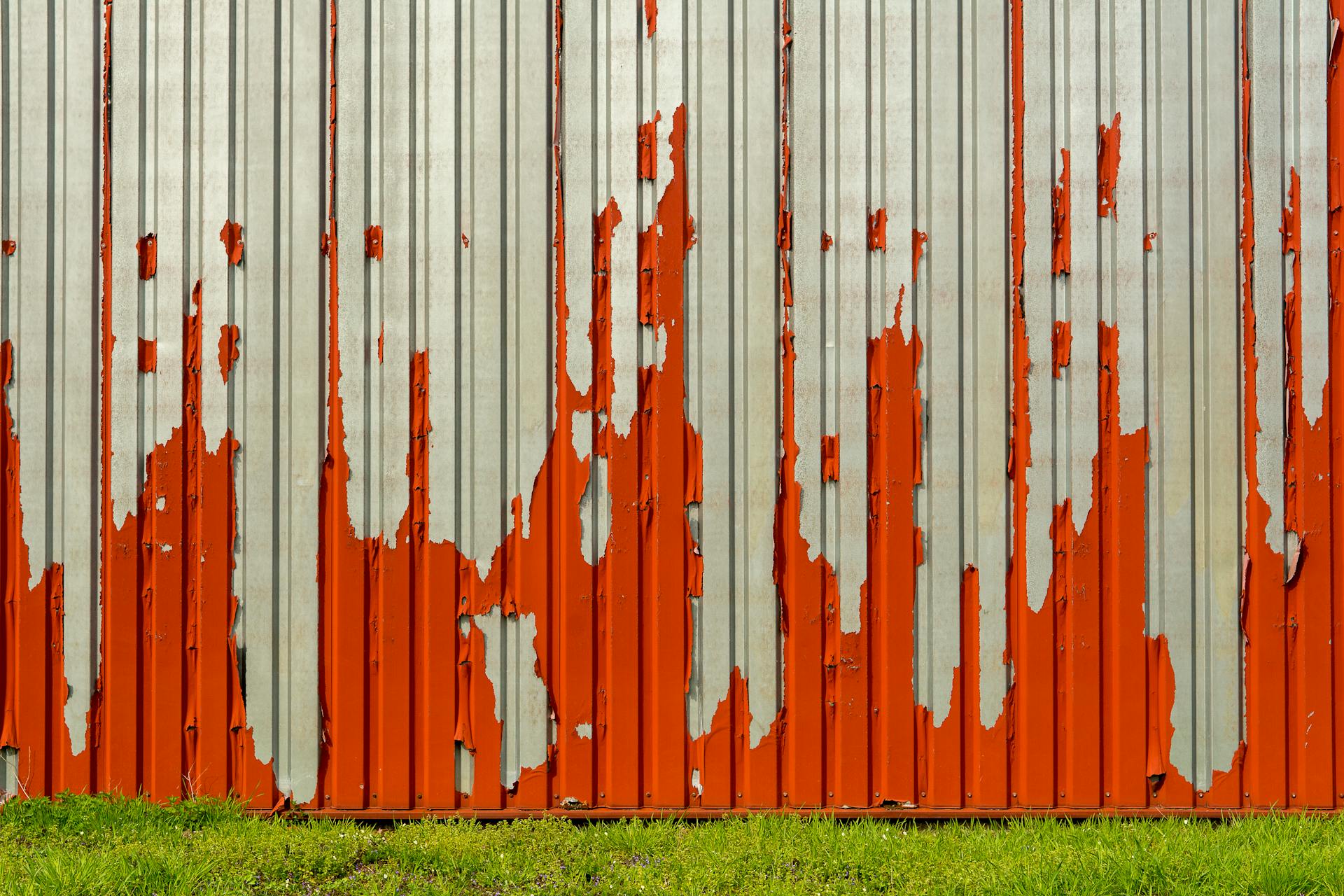
Triple walled grade, also known as Tri-Wall, adds another section of fluting and additional liner, providing extra strength and protection for heavy or large items.
Corrugated board grades are often described using a specific terminology, such as 125K/B/125T, which breaks down the material grade into its components.
This terminology allows packaging manufacturers to understand the type of material used in cartons and ensures good all-round performance in packaging.
The European federation of corrugated board manufacturers, FEFCO, represents the interests of the corrugated industry and provides a non-profit organization for the corrugated industry.
A fresh viewpoint: Liquid Packaging Board
Cardboard Construction
A corrugated board is made up of two liners and a single fluting, which is known as a "single wall" board. This basic construction provides a good balance of strength and cost-effectiveness.
The addition of another fluting section and liner creates a "double wall" or "double walled" material, which offers extra rigidity and strength.
Typical paper weights used for fluting are as follows.
For your interest: Single Wall Corrugated Board
What Is Material Formation?
Cardboard construction starts with the formation of its material. A standard sheet of corrugated cardboard is made from 3 components: a sheet of corrugated or "fluted" material in the center.
The fluted material is placed between 2 layers of paper – the outer and inner liners. Each side of the fluted material is glued to the flat paper liner during manufacture.
The glue fixes the flutes in position and adds rigidity and stability to the papers. This process gives corrugated cardboard its characteristic strength and durability.
Expand your knowledge: Corrugated Sheet Plastic
Cardboard Construction
Cardboard is made up of two liners and one fluting section, known as a "single wall" board.
The type and number of fluting play a crucial role in determining the strength and rigidity of cardboard.
You can add an additional fluting section and liner to make a "double wall" or "double walled" material, which adds extra protection for delicate or expensive items.
This construction is suitable for packaging heavier items and adds extra protection.

A "triple walled" grade, also known as Tri-Wall, can be used for shipping very heavy or large items, such as automotive parts or industrial equipment.
Typical paper weights used for fluting are not specified, but the type of paper is an important factor in determining the strength and durability of cardboard.
Additional reading: Paper Corrugated Machine
Cardboard Properties
Cardboard Properties are crucial to understand when working with d flute corrugated board.
Different methods of measuring cardboard thickness include grams per square meter (GSM), which indicates the weight of the cardboard.
The point system (PT) measures the weight of the cardboard, but it's not as commonly used as GSM.
Flute type refers to the corrugation of the cardboard, which can affect its strength and durability.
Board style, on the other hand, refers to the type of cardboard, such as single-faced or double-faced.
Cardboard Uses
Corrugated board is incredibly versatile and has a multitude of uses.
From packaging materials for shipping fragile items to creating custom boxes for events and parties, corrugated board is the go-to choice for many industries.

It can be used to make boxes of all shapes and sizes, from small gift boxes to large shipping containers.
In fact, the average American uses over 200 pounds of corrugated board per year, making it one of the most widely used materials in the country.
Corrugated board can also be used as a sustainable building material, providing insulation and structural support for homes and businesses.
Many people also use corrugated board to make craft projects, such as making cards, gift tags, and other decorative items.
It's also a popular choice for DIY projects, like making planters, shelves, and other home decor items.
In addition, corrugated board can be recycled and reused, making it an eco-friendly option for many applications.
Suggestion: Corrugated Plastic Boxes with Dividers
Cardboard Technical
Corrugated cardboard is manufactured from a combination of paper layers, including a fluted core and liners.
Corrugated board grades or cardboard types are determined by the number of flutes in the core, which can range from A to E, with D flute being a common choice.
The weight of corrugated cardboard is measured in grams per square meter (gsm), with higher weights indicating greater strength and durability.
Bending Stiffness of Unsymmetrical Multilayered Structures
Bending stiffness of cardboard is crucial for its structural integrity.
Cardboard's bending stiffness is influenced by its thickness, with thicker cardboard exhibiting higher bending stiffness.
A 1.5mm thick cardboard sheet has a bending stiffness of 110 Nm, while a 0.5mm thick sheet has a bending stiffness of 22 Nm.
The orientation of the fibers in the cardboard also affects its bending stiffness, with fibers aligned in the machine direction providing more stiffness than those aligned in the cross direction.
In a study, it was found that cardboard with fibers aligned in the machine direction had a bending stiffness 20% higher than those with fibers aligned in the cross direction.
Consider reading: Corrugated Board Machine
Minimizing Shipping Costs
Thicker boxes can be a double-edged sword when it comes to shipping costs. They contribute to higher shipping costs because they are heavier, but they can also save you money by reducing the number of damaged items that need to be returned and replaced.
For your interest: Free on Board Shipping Point

You need to weigh the pros and cons of using thicker boxes carefully. In theory, using thicker boxes means you're dealing with fewer damaged items, which can save you money in the long run.
Heavier boxes can increase shipping costs, but so can damaged items that need to be replaced. It's a delicate balance to strike, but one that's worth considering.
Using thicker boxes can be a cost-effective solution if you're shipping fragile items. It's a trade-off between the initial cost of the thicker box and the potential savings from reduced damage.
The cost of shipping can add up quickly, so it's essential to consider every aspect of the process.
Here's an interesting read: Cardboard Pizza Boxes
Board Technical Terms
Corrugated cardboard is made up of two liners and one fluting, which is known as a single wall board.
In a single wall board, the fluting is the key component that provides the necessary strength and rigidity to the cardboard.
The type of fluting used can be B, E, or other letters, and it's typically used in combination with a specific paper weight, such as 125gsm or 150gsm.
For example, a 125gsm Kraft outer liner, a 125gsm Test inner lining, and a B fluting would be written as 125K/B/125T.
The European federation of corrugated board manufacturers, FEFCO, is a non-profit organization that represents the interests of the corrugated industry.
A double wall or double walled material is made by adding an additional fluting section and an additional liner to the single wall board, effectively adding extra rigidity and strength.
This is suitable for packaging heavier items or adding additional protection for delicate or expensive items.
A triple walled grade, also known as Tri-Wall, is used for shipping heavy or large items, such as automotive parts or industrial equipment.
Eb
The EB flute is a game-changer in cardboard technology. Around 4mm to 4.5mm thick, it combines the benefits of both E and B flutes into a double-walled material.
This grade provides an excellent balance between transit protection, strength, and print finish.
Frequently Asked Questions
What is the difference between a flute and b flute corrugated cardboard?
The main difference between a flute and B flute corrugated cardboard is their thickness, with flute being the thickest at 5mm and B flute being slightly thinner at 3.2mm. This difference affects their suitability for packaging fragile or heavy items.
What is the strongest flute cardboard?
The BC flute is the strongest and most durable flute profile, also known as a "twin-cushion" design. It offers superior durability compared to other flute profiles.
Sources
- https://www.prattindustries.com/box-101/
- https://www.kleinpkgs.com/product/d-flute-corrugated/
- https://www.gwp.co.uk/guides/corrugated-board-grades-explained/
- https://www.boxgenie.com/blogs/news/cardboard-thickness-guide
- https://bioresources.cnr.ncsu.edu/resources/bending-stiffness-of-unsymmetrical-multilayered-corrugated-board-influence-of-boundary-conditions/
Featured Images: pexels.com
